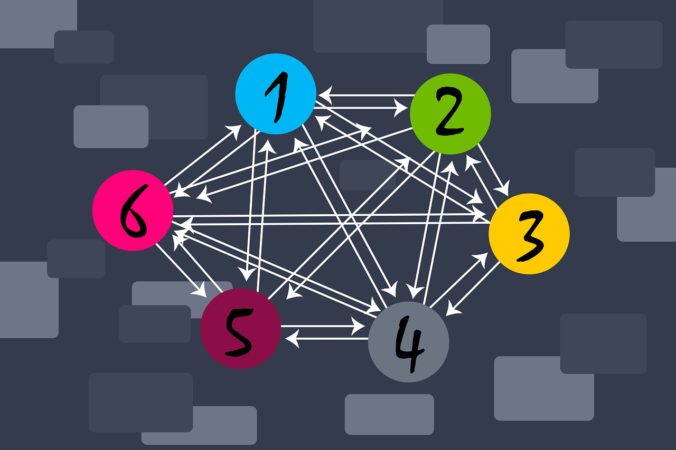What Caused the Disappearance of Malaysia Airlines Flight 370?
Malaysia Airlines flight 370 disappeared on March 8, 2014. The location of the plane and the reason it is missing remain unknown. In order to find the most probable solution to this mystery, the Rootclaim analysis of this story currently considers nine hypotheses: the pilot committed suicide; the co-pilot committed suicide; passengers hijacked the plane; the pilot hijacked the plane; in-flight fire; turbulence; the flight was shot down; fuselage crack; and that an improperly repaired wing-tip caused the crash. At the moment, the evidence suggests that the pilot crashed the plane while committing suicide.
The aim of Rootclaim analyses is to make sense of complex stories like the disappearance of flight MH370. Although we aspire to present our analyses in the simplest possible way, the abundance of information can be confusing. When there are many different pieces of evidence, the conditional probabilities for each one can be difficult to understand.
Conditional Probabilities: Not Always What We Expect Them to Be.
As an illustration, let’s examine one piece of evidence from the analysis of the disappearance of Malaysia Airlines flight 370: there was no distress signal or emergency communication from the plane. What would be the likelihood of this evidence under the hypothesis that the pilot deliberately crashed the plane while committing suicide? Presumably, very high, since he would not have asked for help if he meant to crash the plane. However, the conditional probability for this evidence under the “Pilot suicide” hypothesis is only 0.8%. Why is that?
This piece of evidence has other aspects to it that affect the conditional probability. These aspects are considered in the storyline assumptions which are associated with the evidence.
For instance, while the pilot would not want to send a distress signal if he was planning to commit suicide, the co-pilot would probably try. If so, we must estimate the probability that the co-pilot was unable to send such a signal. Furthermore, the crew and passengers would be likely to attempt to communicate. So we need to assume that they would be incapacitated, and estimate the likelihood of this scenario, too. Multiplying these estimated likelihoods leads to a smaller number than what we might have expected.
Storyline Assumptions Link Dependent Evidence.
Storyline assumptions are Rootclaim’s way of dealing with dependent evidence: when the occurrence of one affects the occurrence of another. For example, if we increase the likelihood of the above-mentioned evidence – that there was no communication from the plane – it means that other evidence, such as the unidentified plane climbing to 45,000 feet, and the plane that flew below 12,000 feet, are more likely to have occurred as well, because that would depressurize the plane and prevent the passengers and crew from sending a distress signal. The addition of assumptions to the hypothesis’ storyline helps us resolve the dependency between these three separate pieces of evidence.
Thus, if the pilot committed suicide, we assume that he planned the crash so it would not seem deliberate, and that he opened the air vents and rose to 45,000 feet in order to depressurize the plane before lowering the plane’s altitude significantly. This assumption allows us to define and isolate the common attribute that the different pieces of evidence share. This is crucial to the accuracy of the analysis. If we do not address the dependency, the shared attribute will be considered more than once. Therefore, while the 0.8% estimate that there was no distress signal from the plane under the “pilot suicide” hypothesis appears to be too low, it actually leads to a more accurate calculation.
For more about storyline assumptions and other ways of dealing with dependencies in an analysis, visit the Rootclaim guide.


Leave a Reply